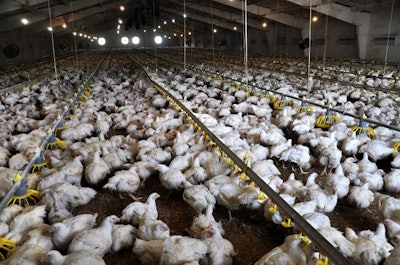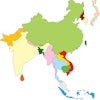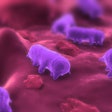
Better Salmonella control in poultry production will involve a holistic, multi-pronged strategy that will take time to implement and validate.
“The industry has done a wonderful job of significantly reducing Salmonella over the past 20 years. Nevertheless, poultry continues to be a major source of human illnesses attributed to Salmonella,” Bill Potter, Ph.D., Elanco food safety technical advisor, said.
“Everybody agrees that although we’ve made this significant reduction in Salmonella at plants, to make even further reductions we need to continue exploring technologies and monitoring systems at preharvest.”
Salmonella in poultry is under intense scrutiny right now. In the Fall of 2022, the U.S. Department of Agriculture (USDA) Food Safety and Inspection Service (FSIS) unveiled a proposed framework to improve Salmonella control in poultry products.
Part one of this framework requires incoming flocks to be tested and meet predetermined targets for Salmonella before entering processing plants.
Potential preharvest interventions against Salmonella
A multi-pronged strategy that integrates best management practices, intestinal health, comprehensive vaccination, feed additives and pest control could help improve preharvest Salmonella control on the poultry farm.
Small improvements from each of the prongs can quickly add up, resulting in larger Salmonella reductions overall.
However, it’s important to be patient and keep an eye out for opportunities to continuously improve. This kind of approach relies upon increased flock monitoring for bacteria and is a data-driven approach to measuring and improving Salmonella loads preharvest using the traditional “Plan-Do-Check-Act” cycle as a basis.
“It’s very important to take a long-term view preharvest. It’s not a short-term fix,” Potter explained.
Unlike processing plant interventions that can be validated and adapted quickly, preharvest interventions “can take many months or even a year to work,” particularly when it comes to something like a new probiotic, vaccine or insecticide, he added.

















